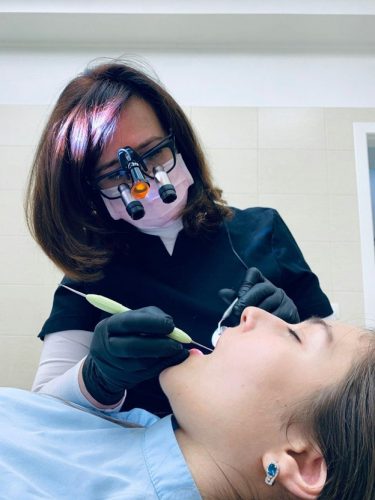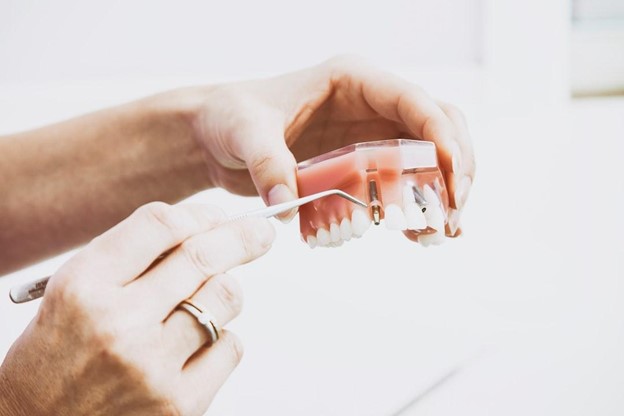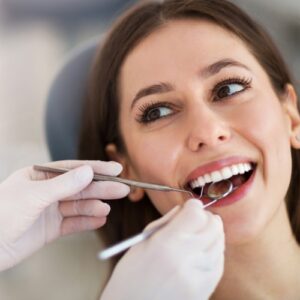Guide to Identifying Dental Emergencies in Children
When it comes to your child’s health, knowing when to seek emergency dental care can be crucial. Dental emergencies in children can arise from a variety of situations, such as accidents, infections, or sudden pain, and recognizing the signs early can make all the difference.
In this simple guide, we will walk you through the tell-tale signs that indicate your child may need immediate dental attention and how our advanced emergency dental services are equipped to provide swift, effective, and compassionate care.
From identifying symptoms to understanding the next steps, you’ll gain the confidence to act quickly and ensure your child’s dental health is in expert hands.

Common Dental Emergencies in Children
Recognizing Severe Tooth Pain

Severe tooth pain in children can be a sign of underlying dental issues that require immediate attention. This pain might result from cavities, dental abscesses, or trauma to the tooth. Unlike minor toothaches, severe pain is persistent and can disrupt your child’s daily activities, such as eating, sleeping, and concentrating at school. If your child complains of intense discomfort, it is crucial to inspect their mouth for any visible signs of swelling, redness, or pus around the affected tooth. These symptoms could indicate an infection that needs prompt treatment to prevent further complications.
At Camrose Dental Health Center, our emergency dental services are designed to diagnose and address the root cause of your child’s tooth pain quickly and effectively, using modern technology and our experienced compassionate care. It is important to act quickly, so do not hesitate to seek professional help if your child experiences severe tooth pain.
Spotting Swollen Gums
Swollen gums in children can signal a range of dental issues that necessitate prompt attention. Gum swelling often accompanies conditions like gingivitis, infections, or even an abscessed tooth. It’s important to be vigilant (we know you are!) if you notice your child’s gums appearing red, puffy, or tender to the touch. Swollen gums can also be painful, making it difficult for your child to eat or speak comfortably. In some cases, you might observe bleeding during brushing or flossing, which further indicates gum irritation or infection.
At Camrose Dental Health Center, we utilize state-of-the-art technology to accurately diagnose the cause of gum swelling and provide swift, compassionate treatment. Whether it’s through professional cleanings or more advanced procedures, our team is here to ensure your child’s oral health is restored as quickly and comfortably as possible. Addressing swollen gums early can prevent more severe complications and keep your child smiling confidently!

Identifying Dental Trauma
Dental trauma in children often results from accidents, sports injuries, or rough play. Identifying dental trauma quickly is vital for effective treatment and recovery. Trauma can range from chipped or cracked teeth to more severe conditions like tooth avulsion, where the tooth is completely knocked out. Visible signs of dental trauma include bleeding, swelling, and misaligned or loosened teeth. Additionally, your child might experience pain or sensitivity when chewing or exposing the affected tooth to hot or cold temperatures.
At Camrose Dental Health Center, our expert emergency dental team is equipped to handle all types of dental injuries with precision and extreme care. Utilizing advanced emergency techniques and technology, we can restore the appearance and functionality of your child’s teeth, providing relief and preventing further damage. If your child experiences any form of dental trauma, immediate professional care is essential for the best possible outcome.

Immediate Steps for Parents
Administering First Aid
Administering first aid promptly can make a significant difference in managing your child’s dental emergency. For severe tooth pain, rinsing the mouth with warm salt water can help alleviate discomfort and reduce inflammation. If a tooth is knocked out, rinse it gently with water but avoid touching the root. Ideally, place the knocked out tooth back in the socket it fell out of. If that is not possible, store it in a small container with milk, your child’s saliva, or clean water to keep it moist and clean until you can reach our dental office.
For swollen gums, applying a cold compress to the outside of the cheek can help minimize swelling and pain. In cases of dental trauma, controlling any bleeding with a clean cloth and seeking immediate dental care is crucial. At Camrose Dental Health Center, our team is ready to provide swift and effective treatment for all dental emergencies. Knowing these first aid steps can help stabilize your child’s condition before professional care is available.

When to Call a Dentist
Knowing when to call a dentist during a dental emergency is crucial for your child’s health. You should contact a professional immediately if your child experiences severe tooth pain that persists despite home remedies, visible swelling in the gums or face, or any signs of infection such as fever or pus. Additionally, if your child’s tooth is knocked out, chipped, or cracked due to an accident, it’s essential to seek emergency dental care without delay. Time is of the essence, especially in cases of avulsed (knocked out) teeth, where prompt action can save the tooth.
At Camrose Dental Health Center, our emergency services are designed to provide immediate and effective care for all types of dental emergencies. We use cutting-edge technology and compassionate approaches to ensure your child receives the best possible treatment. Acting quickly and contacting one of our dentists can prevent further complications and help restore your child’s dental health swiftly.

Preparing for an Emergency Visit

Lastly, preparing for an emergency dental visit can help ensure that your child receives quick and effective care. First, gather all relevant information, including your child’s medical history, current medications, and any known allergies. This will help the dentist make informed decisions about treatment. If possible, bring the affected tooth or tooth fragment in a clean container with milk or saliva to preserve it. Make sure to explain to your child what to expect, reassuring them that the dentist is there to help and ease their pain.
At Camrose Dental Health Center, we understand that dental emergencies can be stressful, which is why our team is dedicated to providing exceptionally compassionate and efficient care. Additionally, bring any insurance information and be prepared to describe the incident that led to the emergency. By taking these steps, you can help ensure a smooth and successful emergency dental visit for your child.


